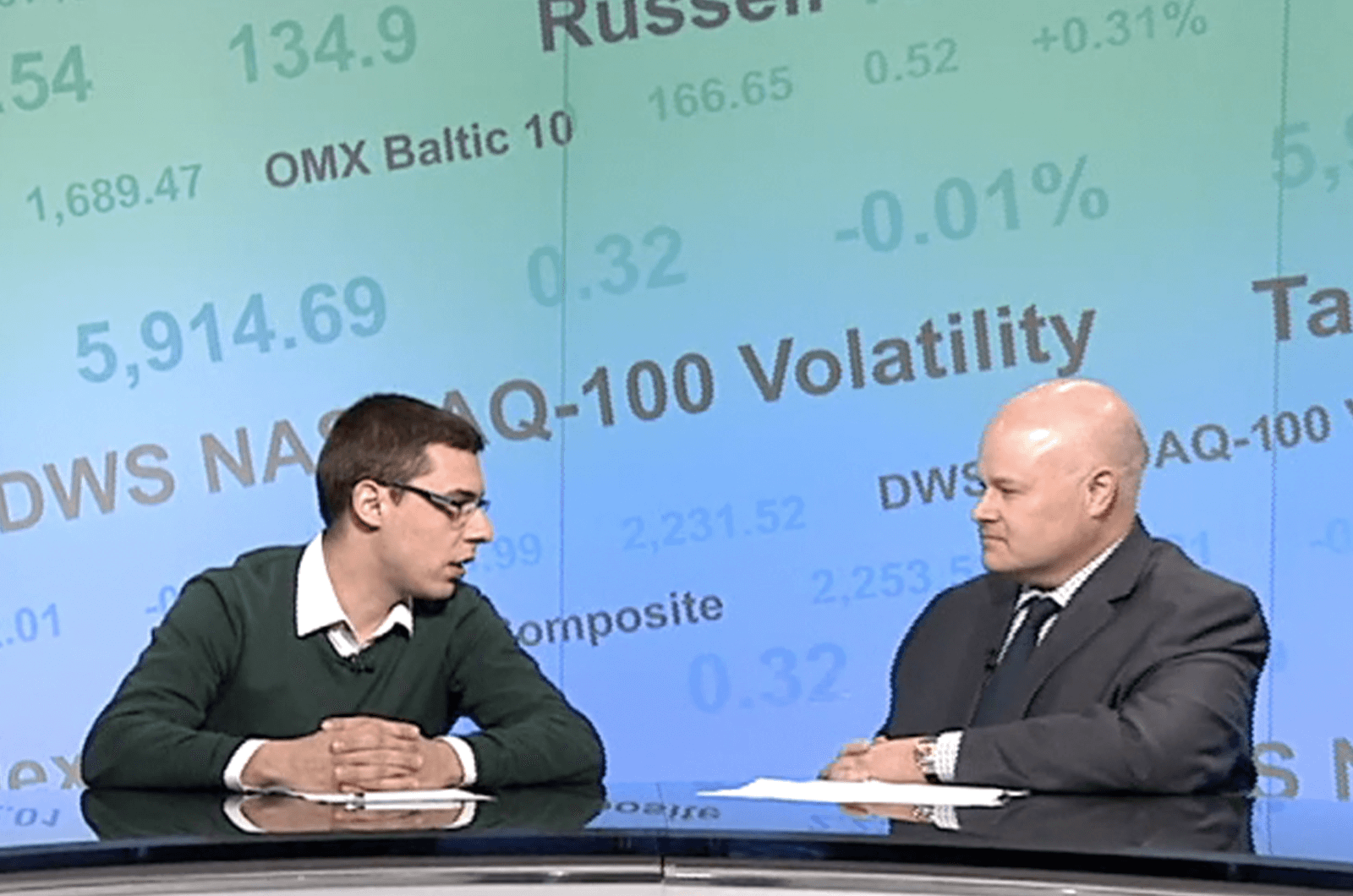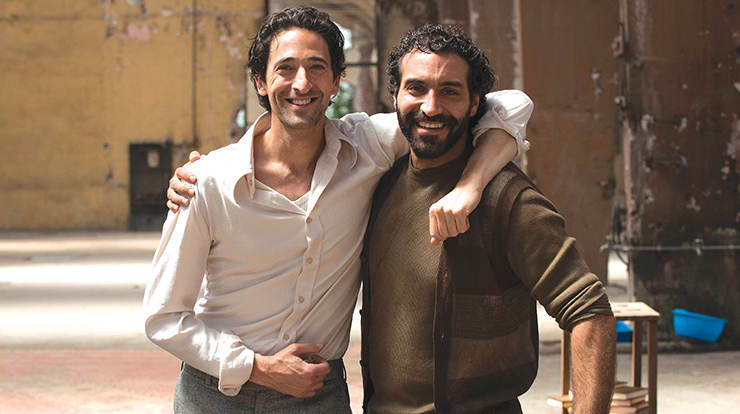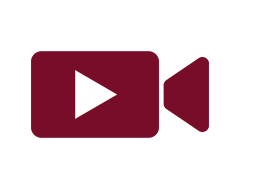
Not long ago, I had the opportunity to be a guest on Bloomberg TV Bulgaria. The topic under discussion was Facebook CEO Mark Zuckerberg’s congressional testimony in the wake of a controversy that enveloped his company. It had been revealed that a United Kingdom company harvested data from millions of Facebook users without their consent. I was invited to appear on TV because of my expertise in persuasion and public speaking. The anchors wanted to hear my opinion of Zuckerberg’s performance.
Though this was my first major TV interview, I felt confident, thanks to my Toastmasters training over the last nine years. I researched and rehearsed my points in advance. The interview went reasonably well. But when I watched the playback afterward, I cringed. My suit looked rumpled; I broke eye contact for long stretches. I knew I could do better.
Seeing ourselves on camera can be painful at times. But if you’re one of those people who avoids it at all costs, you may miss a valuable tool for self-improvement. Video shows us things we wouldn’t see otherwise—both good and bad.
And though you may not expect a TV interview anytime soon, you can learn from the pros when it comes to producing videos to share online. Video communication—whether it’s through vlogs (video blogs), webinars or how-to’s—has become the lingua franca of the internet and an essential means of self-expression.
To learn how to make the most of video, I spoke with two professional media trainers to find out how they prepare clients for video appearances.
First Impressions
The good news is that many Toastmasters skills (eye contact, posture, filler words) apply directly to video. “The core stuff really works across platforms, whether you’re giving a speech, appearing on a panel or appearing on TV,” says Kathleen Friery, a New York-based media trainer and former network television producer.
The one critical difference for video is that the audience isn’t in the room. Your listeners view your message on a device, which means it competes with other content for their attention. “You’re just one click away from losing your audience,” says Friery. “They can delete your presence from their life with the touch of a finger.”
This raises the stakes for first impressions. Your message must compel attention in the first few seconds. “Say less, and say it better,” says Friery. “I always coach my clients to ask themselves, ‘What is my headline? What is the single most important thing I want the audience to remember?’”
Angel Audiffred, a Toastmaster and marketing director for HITN, a Hispanic public broadcasting network based in Brooklyn, New York, adds, “You have to be very direct. Brevity is key.” He suggests starting with a succinct statement, or key message, and then elaborating from there.
Journalists call this the “inverted pyramid,” because the writer or speaker provides the foundational issues first and then fills in lesser details. Based on what you say at the beginning, the audience will decide whether to keep listening. Once you have your talking points down, it’s time to start rehearsing.
Rehearsing for Video
Set up a smartphone or a video camera and record a rehearsal of yourself or have someone help. “The camera picks things up that you may not notice when you’re in a room with people,” says Friery. This includes eye contact, facial expressions, body language and clothing fit.
Start with eye contact. Do your eyes dart around, or do you have a steady gaze? In his book The Media Training Bible, Brad Phillips suggests you “aim for close to 100 percent eye contact.” That means speaking directly to the camera and looking at it the whole time. If you’re being interviewed as part of a panel, focus on the interviewer and avoid “ping-pong eyes,” as Friery describes it.
This may feel unnatural at first, because we typically have less consistent eye contact during interpersonal conversation than we’d need to have on camera; any breaks in eye contact are more noticeable on video. Audiffred notes, “When you become a really good on-air talent, you can look into the camera in such a way that the viewers feel like you’re looking directly at them.”
Mirror, Mirror…
Next, look at your clothing. “Mirrors lie,” says Friery. “When you stand in front of the mirror and see yourself, you’re not necessarily seeing what other people see.” She advises having someone take video of you in the outfit you plan to wear. “You might learn all kinds of surprising things, like ‘Oh those buttons gap across the chest,’ or ‘This makes me look 10 pounds heavier,’ or ‘This color doesn’t look great,’ or ‘This is see-through.’”
Finally, pay attention to body language. “Everything gets exaggerated [on camera],” says Audiffred. “When you put your hand to your face, when you tug on your ear, when you push your hair back—whatever mannerisms that usually go unnoticed in daily interactions are exaggerated.” Notice any filler words, tics or micro-expressions and try to eliminate them.
If you’re preparing to be interviewed, do a dry run in advance. Friery, whose clients appear on morning talk shows, tries to make rehearsals as realistic as possible. “If the Today show has told them they’re going to have four to five minutes, we practice it at four to five minutes. We set up the whole thing, we walk through it, and we do it how it would be done in the perfect world.” She adds, “Once we get that down, I start throwing curveballs.” These may include cutting their time in half, dropping a prop, or asking inappropriate questions.
Friery’s clients are prepared for anything.
Using Video in Toastmasters
One of the major advantages of recording yourself on video is that it allows for self-coaching. The camera is an unbiased judge of performance, showing both strengths and weaknesses, so you can decide for yourself what to work on. Audiffred notes, “When you put people on camera, nine times out of 10 you don’t have to tell them [what to fix]. They see it and make the decision for themselves.”
These days, the easiest thing to do is just hand your own smartphone to another member and ask them to record you. That way you don’t have to worry about file transfers or privacy concerns. You can also invest in a miniature tripod or video stabilizer made for smartphones, which will give your video a more professional look.
Finally, consider using video during speech preparation. Instead of writing out your speech, try speaking it out. This may help you sound more conversational and less literary.
Honest Feedback
As we start incorporating video into our practice, it’s important not to be too hard on ourselves. Video is a tool for honest—well, sometimes brutally honest—feedback. But the lessons learned from video tend to stick. After my Bloomberg appearance I had another on-camera interview with a local TV station. This time I coached myself to keep my eyes trained on the reporter, to good effect. Self-coaching works.
Ready to record yourself or a fellow member on camera? Watch the video below to learn how to avoid common mistakes, and discover 9 tips for creating a better video.
Jesse Scinto, DTM is a Fulbright scholar and deputy director of the strategic communication program at Columbia University in New York City. He’s also the founder/CEO of Public Sphere, a leadership communication firm, and a member of Greenspeakers Club in New York City.



 Previous
Previous
 5 Vital Video Apps
5 Vital Video Apps
 Previous Article
Previous Article

